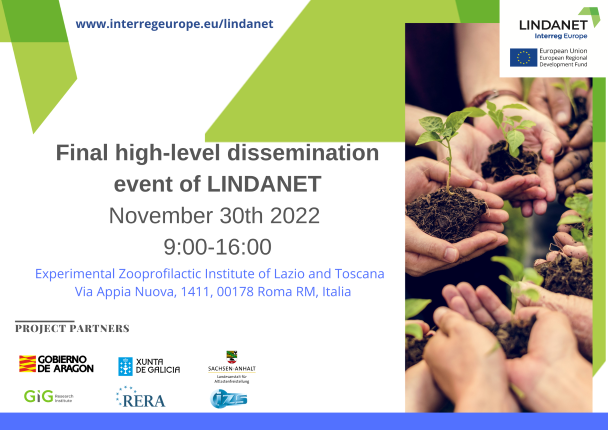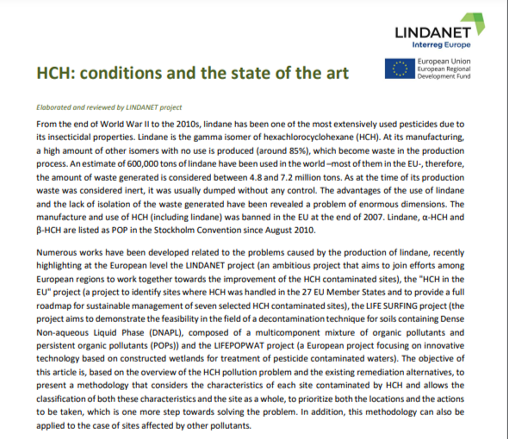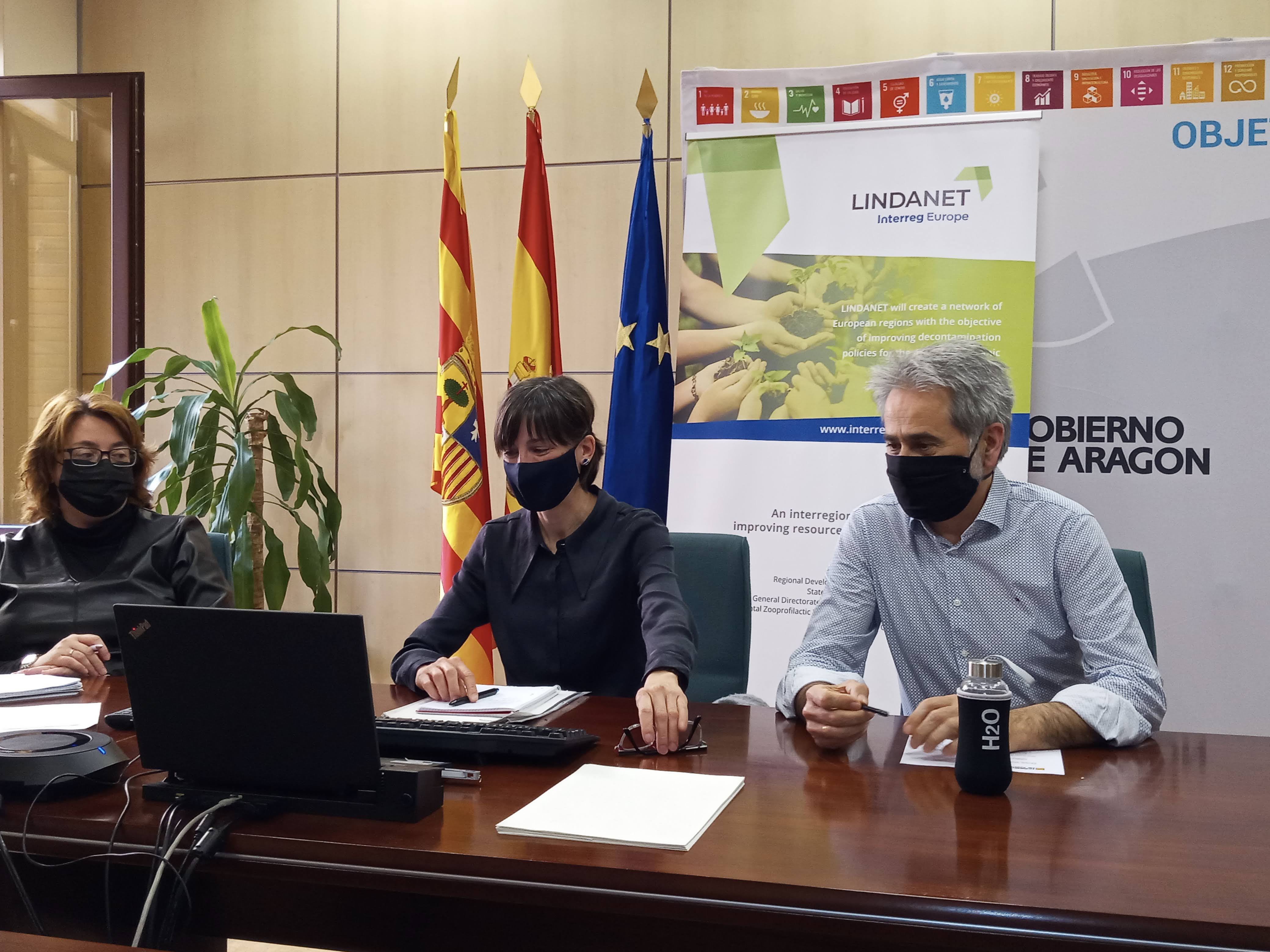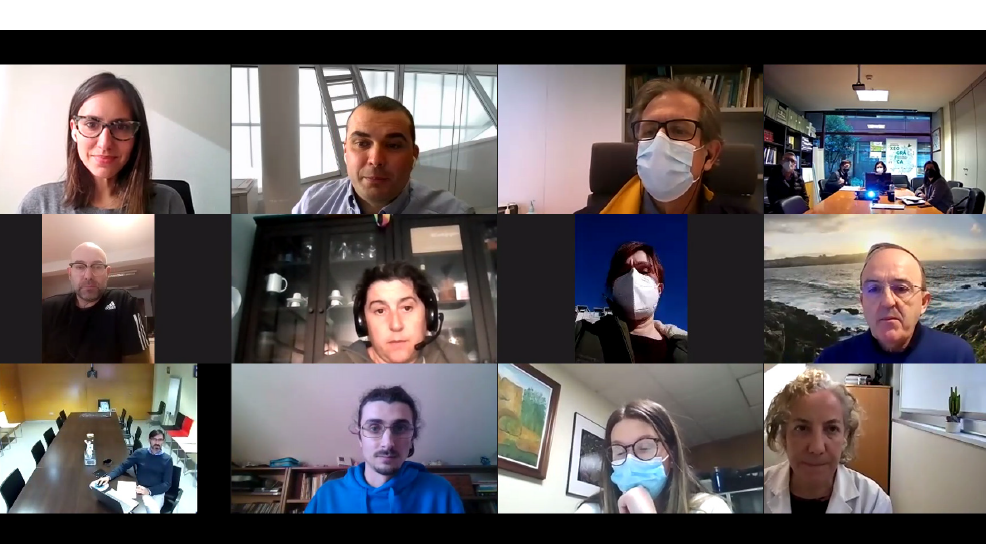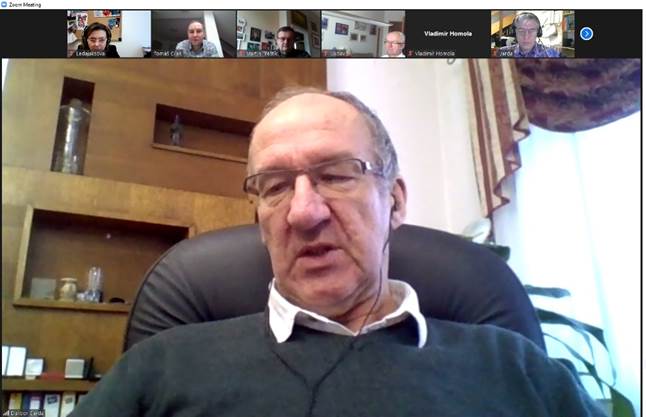Historically the Bitterfeld Area developed to an important industrial site as from 1839, when lignite mining started. In 1893 chemical industry established at Bitterfeld. In the following decades Bitterfeld grew to the major German centre of chlorine chemistry. Additionally, production of aluminium, pesticides, fertilizers, surfactants and other chemical products, in total more than 5.000 products took place at Bitterfeld-Wolfen. Linked to the industrial production several parts of former open-cast mines were used for waste disposal. HCH waste generally was deposited in the “Antonie” waste disposal directly bordering to the industrial site.
From 1951 until 1982, up to 650 tons of lindane were produced annually in Bitterfeld. This led to a total production of more than 70.000 tonnes of HCH waste, which was dumped primarily in the two landfills Antonie pit and Titanteiche. Other historical HCH sources were former HCH deposit and transition sites as well as the discharge of polluted and mainly untreated waste water into the Spittelwasser creek, a tributary of the river Mulde.

Figure 1: Historical site map of Bitterfeld megasite. Schematically shown are the former lindane production sites, the historical sewage system and the two HCH landfills Antonie Pit and Titanteiche near the city of Bitterfeld-Wolfen.
For this reason, numerous measures have been implemented at the Bitterfeld megasite since the change of the political system in 1990. These include the still ongoing securing of the Antonie pit, partial excavation of the landfill Titanteiche, the covering of the Settling Ponds South and numerous excavations on the site. In addition, contaminated groundwater has been continuously pumped and treated in a Pre-treatment plant and the Joint water treatment plant Bitterfeld-Wolfen, that was built in 1993. Thus, the historical evolved HCH contaminations in Bittterfeld megasite can be considered as secured by the numerous implemented measures. The main problem, which the stakeholders from nature conservation and environmental protection in Saxony-Anhalt must tackle together, is located outside of the Bitterfeld megasite and concerns the diffuse emission of HCH from the floodplain. This soil contamination, once introduced into the floodplain areas from the megasite during flood events, represents a relevant source of pollutants, especially in the event of flooding. Therefore, the main objective of the partner from Germany in the frame of the project LINDANET is to create the basis for an integrated floodplain management. For this purpose, a monitoring concept must first be developed and implemented to obtain comprehensive information on the level of pollutants in the various environmental compartments. This information can later be used for the development of a site-adapted land use concept in the Mulde floodplain.



